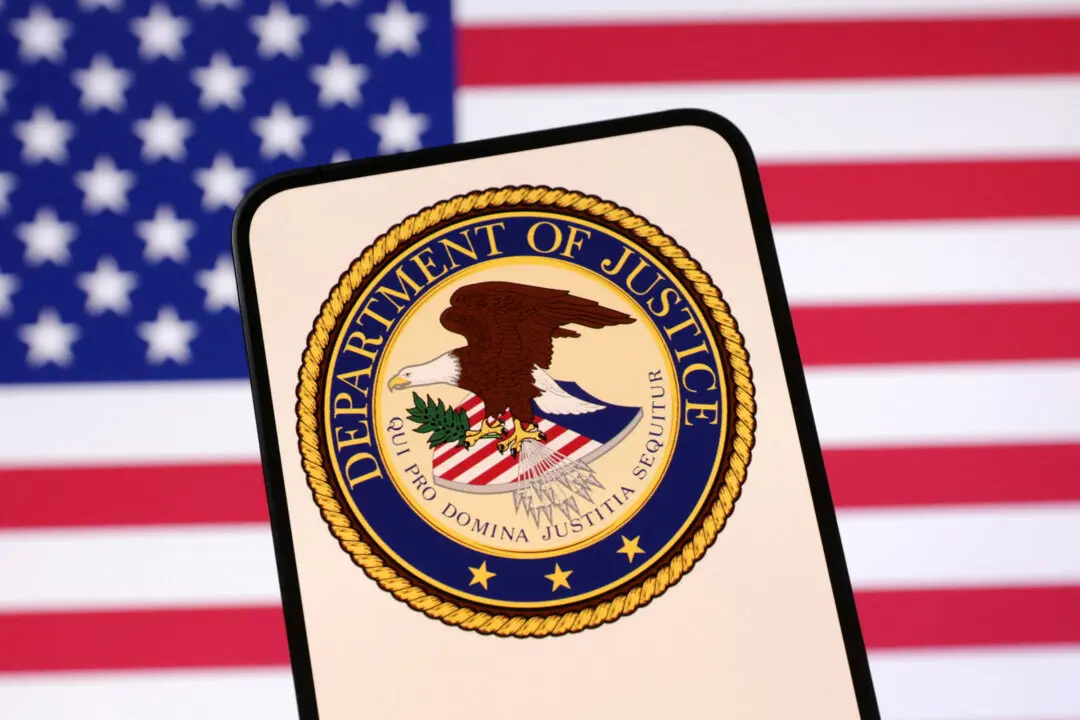LONDON—The euro shed some of its overnight gains on Thursday after its steepest daily jump since 2016 as traders waited for a European Central Bank meeting and a European Union summit to shed light on the bloc’s policy response to Russia’s invasion of Ukraine.
The common currency on Wednesday benefited from a risk-on shift in sentiment which lifted equity markets and bond yields and saw oil prices drop amid optimism about diplomatic efforts to solve what the Kremlin refers to as a “special operation” to disarm Ukraine.





